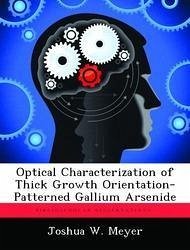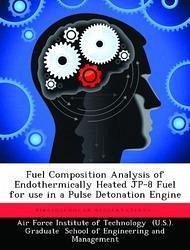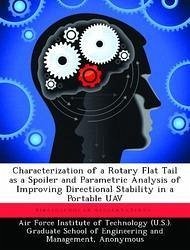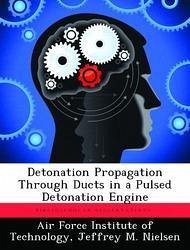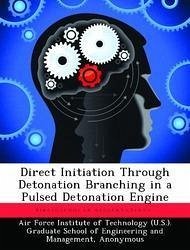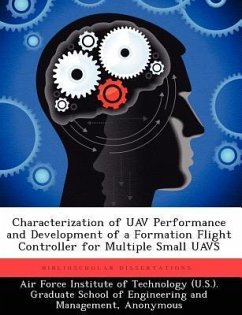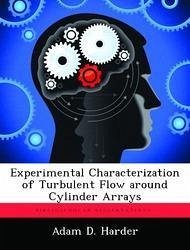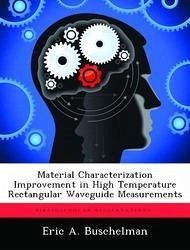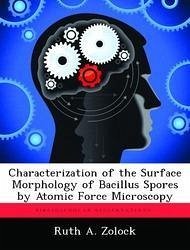
Collection of Detonation Signatures and Characterization of Special Features
Versandkostenfrei!
Versandfertig in über 4 Wochen
52,99 €
inkl. MwSt.

PAYBACK Punkte
26 °P sammeln!
The remote observations of the temporal and spectral characteristics of the infrared (IR) emissions from exploding ordnance have been correlated with explosion conditions. A Bomem MR- 154 Fourier Transform Interferometer with two detectors, InSb and HgCdTe, and a 75 mrad telescope was used to record spectra in the 1.3 - 20 um range. Data was collected at spectral resolutions of 16 cm-1 and 4 cm-1 and temporal resolutions of 0.045 s and 0.123 s respectively. Two field tests were conducted: (1) a set of dynamic drop explosions and (2) a series of static detonations. In most events, the temporal ...
The remote observations of the temporal and spectral characteristics of the infrared (IR) emissions from exploding ordnance have been correlated with explosion conditions. A Bomem MR- 154 Fourier Transform Interferometer with two detectors, InSb and HgCdTe, and a 75 mrad telescope was used to record spectra in the 1.3 - 20 um range. Data was collected at spectral resolutions of 16 cm-1 and 4 cm-1 and temporal resolutions of 0.045 s and 0.123 s respectively. Two field tests were conducted: (1) a set of dynamic drop explosions and (2) a series of static detonations. In most events, the temporal profile for certain bands indicate a rapid, intense signature, followed by a secondary maximum and a long-term decay of up to several seconds. A second class of temporal profiles were characterized by an event initiation, followed by an increase in apparent radiance to one maximum, followed by a long-term decay. Sensor fusion between the FTIR instrument and four 200 Hz InSb radiometers is quite promising. The FTIR temporal profiles, calibrated for absolute radiance, compare within 8% in three independent bands and within 30 /0 in the fourth band. The degree of temporal overlap as a function of frequency for a pair of detonation events, provides a direct indication of the ability to discriminate between explosion conditions. Overlap analysis provides quantification of the repeatability of an explosive condition, and the discrimination between look angle and explosive type. Additional preliminary analysis mechanistically describes all events as decaying gray bodies. This work has been selected by scholars as being culturally important, and is part of the knowledge base of civilization as we know it. This work was reproduced from the original artifact, and remains as true to the original work as possible. Therefore, you will see the original copyright references, library stamps (as most of these works have been housed in our most important libraries around the world), and other notations in the work. This work is in the public domain in the United States of America, and possibly other nations. Within the United States, you may freely copy and distribute this work, as no entity (individual or corporate) has a copyright on the body of the work. As a reproduction of a historical artifact, this work may contain missing or blurred pages, poor pictures, errant marks, etc. Scholars believe, and we concur, that this work is important enough to be preserved, reproduced, and made generally available to the public. We appreciate your support of the preservation process, and thank you for being an important part of keeping this knowledge alive and relevant.



